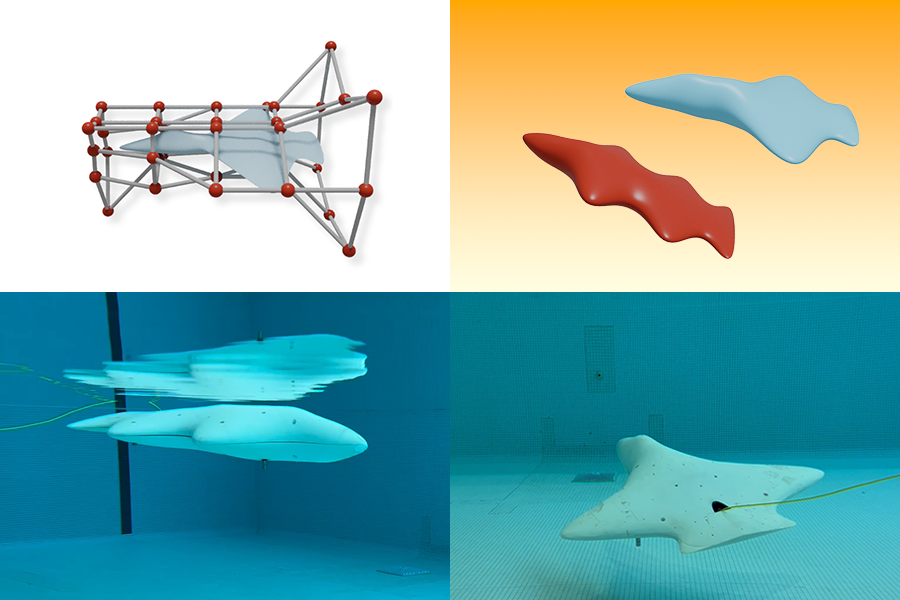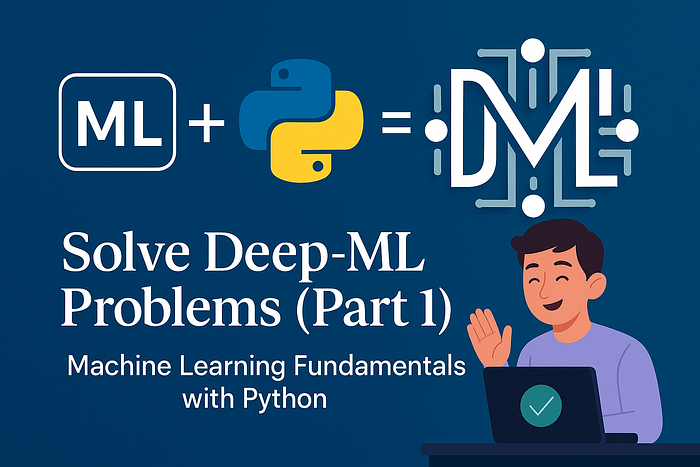Introduction to Efficient Underwater Navigation
Marine scientists have long been fascinated by the ability of animals like fish and seals to swim efficiently despite their different shapes. Their bodies are optimized for efficient, hydrodynamic aquatic navigation, allowing them to exert minimal energy when traveling long distances. Autonomous vehicles can also drift through the ocean, collecting data about vast underwater environments. However, the shapes of these gliding machines are less diverse than those found in marine life, with go-to designs often resembling tubes or torpedoes due to their hydrodynamic properties.
The Limitations of Current Designs
Testing new builds requires a lot of real-world trial-and-error, which can be time-consuming and costly. Researchers from MIT’s Computer Science and Artificial Intelligence Laboratory (CSAIL) and the University of Wisconsin at Madison propose that AI could help explore uncharted glider designs more conveniently. Their method uses machine learning to test different 3D designs in a physics simulator, then molds them into more hydrodynamic shapes.
How AI-Generated Designs Work
The researchers started by finding 3D models of over 20 conventional sea exploration shapes, such as submarines, whales, manta rays, and sharks. They then enclosed these models in "deformation cages" that map out different articulation points, which they pulled around to create new shapes. The team built a dataset of conventional and deformed shapes before simulating how they would perform at different "angles-of-attack" — the direction a vessel will tilt as it glides through the water.
Optimizing Glider Shapes
The diverse shapes and angles of attack were then used as inputs for a neural network that essentially anticipates how efficiently a glider shape will perform at particular angles and optimizes it as needed. The team’s neural network simulates how a particular glider would react to underwater physics, aiming to capture how it moves forward and the force that drags against it. The goal is to find the best lift-to-drag ratio, representing how much the glider is being held up compared to how much it’s being held back.
Real-World Testing
While their AI pipeline seemed realistic, the researchers needed to ensure its predictions about glider performance were accurate by experimenting in more lifelike environments. They fabricated two gliders, a two-wing design and a unique, four-winged object, and tested them in MIT’s Wright Brothers Wind Tunnel and in a pool. The results showed that the AI-generated designs outperformed a handmade torpedo-shaped glider, moving more efficiently across the pool with higher lift-to-drag ratios.
Future Developments
As much as the project is an encouraging step forward for glider design, the researchers are looking to narrow the gap between simulation and real-world performance. They are also hoping to develop machines that can react to sudden changes in currents, making the gliders more adaptable to seas and oceans. The team is looking to explore new types of shapes, particularly thinner glider designs, and intends to make their framework faster, perhaps bolstering it with new features that enable more customization, maneuverability, or even the creation of miniature vehicles.
Conclusion
The use of AI in designing underwater gliders has the potential to revolutionize the field of oceanography. By creating more efficient and diverse shapes, researchers can collect more accurate data about the ocean and its ecosystems. The development of these AI-generated designs is an exciting step forward, and future research will likely lead to even more innovative and effective solutions.
FAQs
Q: What is the main goal of the AI-generated glider designs?
A: The main goal is to create more efficient and diverse shapes that can collect accurate data about the ocean and its ecosystems.
Q: How do the researchers test the AI-generated designs?
A: The researchers test the designs in a physics simulator, then fabricate and test them in real-world environments, such as wind tunnels and pools.
Q: What is the lift-to-drag ratio, and why is it important?
A: The lift-to-drag ratio represents how much the glider is being held up compared to how much it’s being held back. A higher ratio means the glider can travel more efficiently, while a lower ratio means it will slow down during its voyage.
Q: What are the potential applications of the AI-generated glider designs?
A: The potential applications include oceanography, climate change research, and marine conservation, among others.










